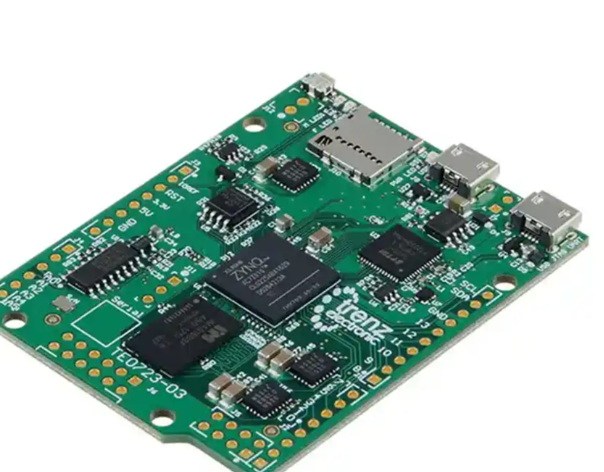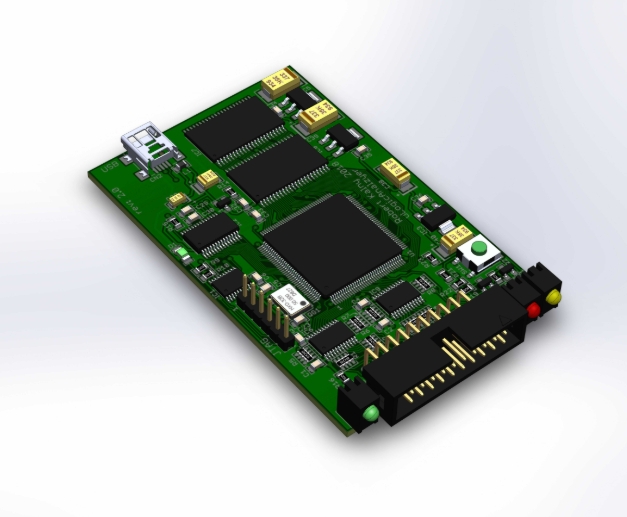How to Say Electronic Components in English
Introduction
In the globalized world of technology and engineering, effective communication is paramount. Whether you are a student, a hobbyist, a procurement specialist, or a professional engineer, knowing the correct English terminology for electronic components is essential. This knowledge facilitates collaboration, ensures accurate sourcing, and prevents costly misunderstandings in design and manufacturing processes. The electronics industry operates on a universal language of schematics and standardized part names, making proficiency in this lexicon a fundamental skill. This article serves as a comprehensive guide to the English names of common electronic components. We will explore fundamental building blocks, delve into more complex integrated circuits and specialized parts, and provide practical strategies for mastering this vocabulary. By the end of this guide, you will be equipped with the confidence to discuss, specify, and search for electronic parts in English with precision. For those looking to deepen their understanding or source components reliably, platforms like ICGOODFIND offer invaluable resources and access to a vast inventory of parts from verified suppliers.

Part 1: The Fundamental Building Blocks - Passive Components
The foundation of any electronic circuit is built upon passive components. These are elements that do not require a power source to operate and cannot amplify signals. They primarily resist, store, or filter electrical energy. Mastering these terms is the first step toward electronic literacy.
Resistors are arguably the most common electronic component. Their primary function is to oppose the flow of electric current, thereby controlling voltage and current levels within a circuit. When discussing resistors, you will often need to specify their resistance, measured in Ohms (Ω), and their power rating, measured in Watts (W). Common types include Fixed Resistors, which have a set resistance value, and Variable Resistors, whose resistance can be adjusted. Variable resistors include Potentiometers (often used for volume controls) and Trimmer Resistors (used for fine-tuning circuits during calibration).
Next are Capacitors, components that store electrical energy in an electric field. Think of them as tiny, rechargeable batteries that can charge and discharge very quickly. They are used for filtering, buffering, and timing applications. Their capacity to store charge is called capacitance, measured in Farads (F), though most common capacitors are rated in microfarads (µF), nanofarads (nF), or picofarads (pF). Key types you will encounter are Electrolytic Capacitors (polarized, used for high capacitance values), Ceramic Capacitors (non-polarized, small, and cheap), and Tantalum Capacitors (polarized, stable, and reliable).
The third fundamental passive component is the Inductor. Also known as a coil or choke, an inductor stores energy in a magnetic field when current flows through it. It resists changes in current, making it crucial in power supplies and radio frequency (RF) circuits for filtering. Its property is called inductance, measured in Henries (H). Inductors can be as simple as a coil of wire (Air-Core Inductor) or wound around a magnetic material like Ferrite to increase inductance.
Finally, we have Transformers, which are essentially two or more inductors coupled together. They are used to step up (step-up transformer) or step down (step-down transformer) AC voltages, providing isolation and changing voltage levels efficiently, which is vital for power adapters and electrical distribution.
Part 2: Active Components and Semiconductors - The Brains of the Operation
Active components are the dynamic elements of a circuit. They can control electron flow, amplify signals, and act as switches. Unlike passive components, they typically require a power source to function. This category is dominated by semiconductors.
The most revolutionary active component is the Transistor. It acts as a switch or an amplifier. There are two main families: Bipolar Junction Transistors (BJTs) and Field-Effect Transistors (FETs). BJTs are current-controlled devices with three terminals: the Emitter, Base, and Collector. FETs, including the very common MOSFET (Metal-Oxide-Semiconductor Field-Effect Transistor), are voltage-controlled devices with terminals named Source, Gate, and Drain. Knowing these terminal names is crucial for correctly placing them in a circuit.
Before the transistor, there was the Diode. This is a two-terminal component that allows current to flow in only one direction, acting as a one-way valve for electricity. Specialized diodes include the Light-Emitting Diode (LED), which emits light when current passes through it; the Zener Diode, used for voltage regulation; and the Rectifier Diode, used for converting AC to DC.
The pinnacle of electronic components is the Integrated Circuit (IC) or microchip. An IC is a complete electronic circuit, containing millions or even billions of transistors, resistors, and capacitors, all fabricated onto a tiny piece of semiconductor material like silicon. ICs can be categorized by their function: * Analog ICs: Process continuous signals (e.g., Operational Amplifiers (Op-Amps), voltage regulators). * Digital ICs: Process discrete binary signals (e.g., Microcontrollers, Microprocessors, Logic Gates, memory chips like DRAM and Flash). * Mixed-Signal ICs: Combine both analog and digital functions on a single chip (e.g., data converters).
When sourcing these complex parts, especially ICs, using a specialized platform becomes critical. A service like ICGOODFIND can help you navigate the vast landscape of semiconductor parts, find authentic components, and compare suppliers to ensure you get the exact microchip your project requires.
Part 3: Interconnects, Power Sources, and Electromechanical Devices
A circuit is more than just semiconductors and passive components; it needs structure, power, and often, a way to interact with the physical world. This section covers the essential supporting cast.
Connectors are components used to join electrical terminations and create a circuit. They come in countless forms: Headers and Sockets for board-to-board connections, USB Connectors, RJ45 connectors for Ethernet, and Terminal Blocks for securing wires.
To hold components and provide electrical connections between them, we have the Printed Circuit Board (PCB) or simply “the board.” The conductive paths on a PCB are called traces. Components are often mounted on a PCB by soldering their leads through holes (Through-Hole Technology - THT) or onto surface-mounted pads (Surface-Mount Technology - SMT or SMD for Surface-Mount Device).
No circuit operates without a Power Source. This could be a simple Battery (e.g., AA, Li-ion), an AC/DC Adapter (wall wart), or a dedicated Power Supply Unit (PSU) that converts mains AC power to stable DC voltages required by the components.
Finally, we have electromechanical components that convert electrical energy into mechanical motion or vice versa. The most common are: * Switches: Mechanical devices that interrupt or divert current (e.g., Toggle Switch, Push-Button Switch). * Relays: Electrically operated switches that use a small current to control a much larger one. * Motors: Convert electrical energy into rotational mechanical energy (e.g., DC Motor, Servo Motor). * Sensors: Devices that detect physical properties and convert them into electrical signals (e.g., Temperature Sensor, Motion Sensor, Proximity Sensor).
Conclusion
Mastering the English vocabulary of electronic components is not merely an academic exercise; it is a practical necessity for anyone engaged in the international electronics ecosystem. From the basic trio of resistors, capacitors, and inductors to the sophisticated world of integrated circuits and microcontrollers, each term unlocks a deeper understanding of how technology functions. This knowledge empowers you to read datasheets accurately, collaborate effectively with global teams, source parts efficiently from international distributors like ICGOODFIND, and bring your electronic ideas to life without linguistic barriers. Continue to practice by reading technical documentation, watching tutorial videos in English, and engaging with online communities. Your fluency in this universal technical language will undoubtedly become one of your most valuable assets.











